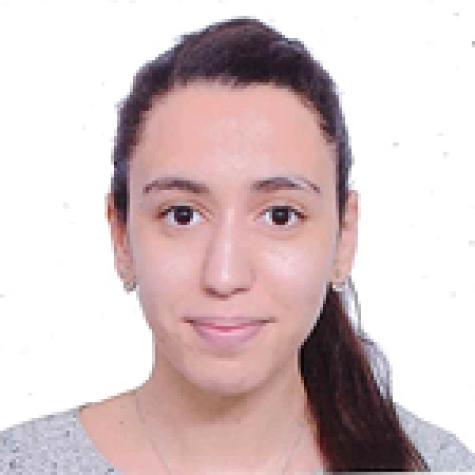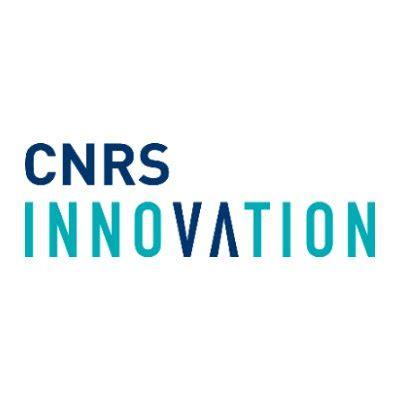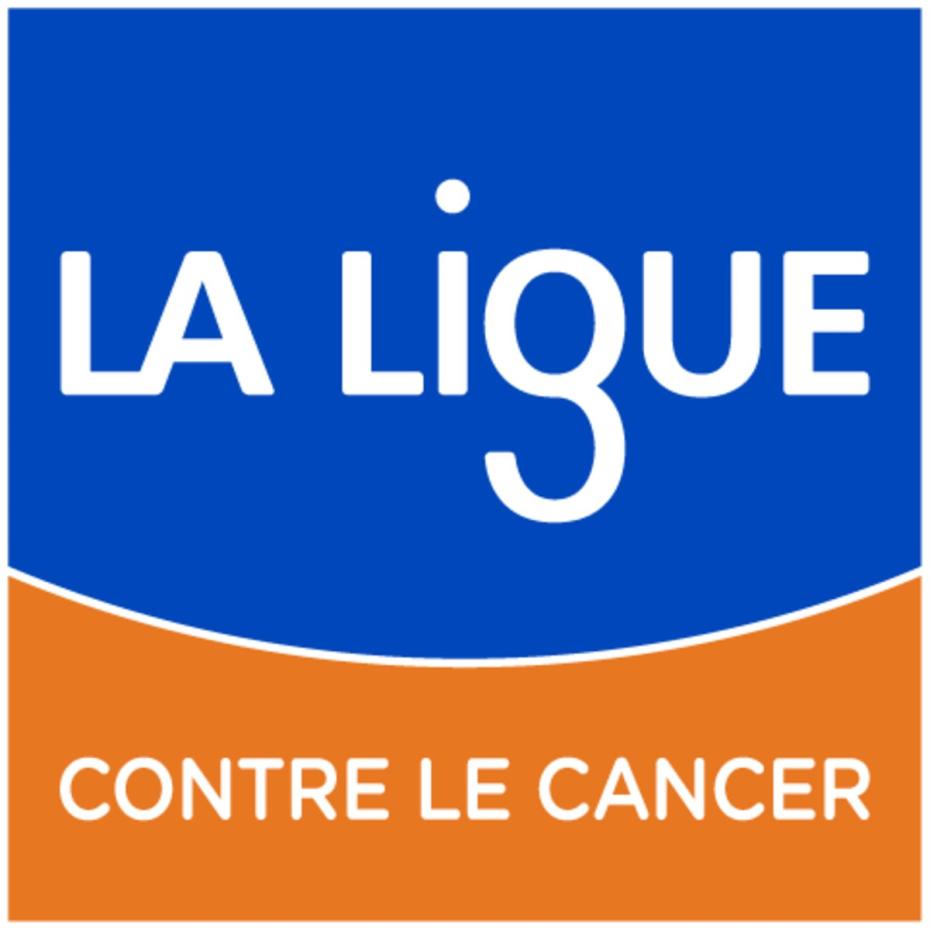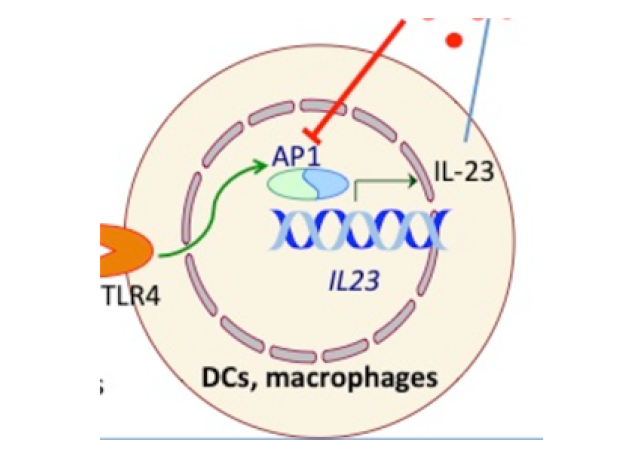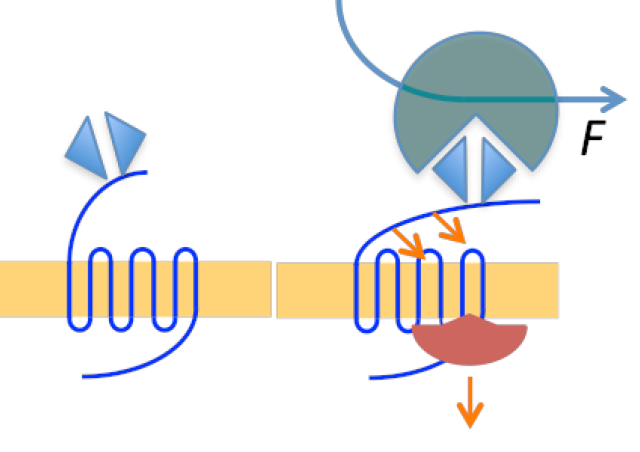Project members
Project
Our project aims to uncover dynamic regulatory mechanisms that control the compartmentalization of key signalling proteins and how this impacts cellular processes such as proliferation, cell cycle, migration and 3D multicellular assembly. We are also interested in how these mechanisms go awry in cancer biology settings and evaluating the therapeutic potential of substituting or correcting the defects. We have a particular interest in the molecular scaffolds beta-arrestins as well as the tumour suppressor PTEN phosphatase and the oncoprotein kinase FAK. Cutting-edge biochemical, biophysical and in vivo approaches including imaging techniques, proximity labelling techniques coupled with mass spec, high throughput screening assays using biosensors we developed, nanotechnologies, imaging and mouse models are being employed to address our aims and to explore innovative therapeutic avenues.
Our group investigates dynamic regulatory mechanisms that control the activities and compartmentalization of key signalling proteins and how this impacts cellular processes. We have a historical interest in how the molecular scaffolds beta-arrestins regulate G protein-coupled receptor (GPCR) function and how they provide platforms to form signalosomes downstream of these receptors. We have uncovered a variety of signalosomes regulated by the beta-arrestins downstream of GPCRs in association with different molecular partners including the tumour suppressor PTEN phosphatase and the oncoprotein Focal adhesion kinase (FAK); these signalosomes impact cell proliferation, cytoskeletal arrangement, cell migration and 3D multicellular assembly. We also uncovered non-canonical “moonlighting” roles for beta-arrestin 2 in cytonuclear trafficking affecting displacement of nuclear partners such as the oncoprotein Mdm2 with implications for p53 signalling. While we maintain an active interest in the beta-arrestins we have also developed projects that are directly addressing the roles of PTEN and FAK family members in cell function and how they go awry in cancer biology settings as well as evaluating the therapeutic potential of substituting or correcting the defects.
Current projects we are pursuing are focusing on (i) how post-translational modifications impact the subcellular targeting and proteome of beta-arrestins, (ii) using nanotechnologies to probe structure-function relationships of beta-arrestin-mediated signalosomes, (iii) functional consequences of beta-arrestin subcellular trafficking using in cellulo and in vivo approaches, (iv) cellular roles of FAK family members, from the membrane to the nucleus, occurring downstream of GPCRs and adhesion, (v) how a series of cancer-associated mutants alter PTEN conformation, activity and subcellular localization with consequences for cell outputs and tumourigenesis, (vi) using positional and conformational biosensors, highthroughput screening and nanotechnology approaches to influence cellular PTEN function. These tools we are developing will allow us to probe the “nuts and bolts” functions of PTEN and also provide “building blocks” towards exploiting PTEN as a therapeutic target.











